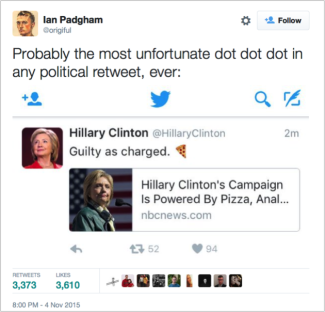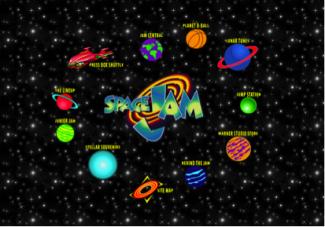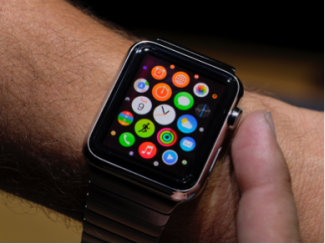Lessons Learned at An Event Apart
A couple of us had the opportunity to attend An Event Apart and left focused on five topics that should be at the forefront of everyone’s attention. Apply these principles to your work, and we predict you’ll have a successful 2016 (or, at the very least, your digital team will thank you).
1. Content in context is king.
The beauty of the web is that it’s not static. As marketers, we can leverage this medium to create more-specific experiences based on what we know about the user, such as his or her location and the day he or she is viewing a site. For example, prior to an event, the home page of an event’s website might promote ticket sales. However, during the event, this should change to promote the event schedule.
Users’ needs also change because of their location; therefore, website content should change too. For example, on a hospital website, there may be a map with directions to get there, but if the user is already inside the building, a map of the interior would make more sense.
Changing an interface too drastically could hinder the users’ experience, so always apply good UX principles and provide a way to access a site’s full content. In the example of the hospital visit, you could also include a footer link called, “Helpful information during a hospital visit,” and show it to everyone, even if they aren’t inside the hospital at the time of viewing.
2. Truncation is not a content strat…
We see it everywhere – content that has been shortened to fit a small space. Often this solution leaves publishers and users at a disadvantage.

Source: http://www.buzzfeed.com/sarahburton/so-you-wanna-pizza-and-anal-or-what
There are more effective ways to plan for longer content than simply cutting it off. Determining content lengths at the start of a project is extremely important and will help copywriters, designers, and developers avoid surprises down the road. Discuss in the beginning all the types of content to include so that all parties can plan for it.
3. Separation of content from form.
If you’ve ever built a website in a content management system, or at least used one, then you are already familiar with this concept. A CMS does separate content from form and stores it in a database, to be pulled and used wherever necessary.
Now take that idea a step further and think “content first” before moving into copywriting, design, and development. Understand the shape of content and what pieces of data compose it. This allows for better use of the content throughout the site. Creating a giant spreadsheet of all your content types, although terrifying, is a good place to start.
4. Nobody wants your damn PDFs.
Simple analytics can help you determine if your PDFs are being accessed. If they have a very low number of views or downloads, then that is content you should eliminate from your site.
This same idea can be applied to all content on your website. Try an exercise in “top task management.” Survey all parties involved with the website – both the creators and the end users. Ask them to rank content to determine content value. If it is important to those external users, then the content is valuable and should be kept. If it isn’t, well, we hate to be the bearers of bad news, but that content is irrelevant to your end users and should be eliminated. This process helps identify user paths to follow and maintain during a site’s life cycle.
5. “One web” with responsive design.
It’s 2016 and we’re still talking about responsive design? Yes, we are, and here is why: According to ExactTarget’s Mobile Behavior Report, 83 percent of people say a seamless experience across devices is important. And with new mobile screen sizes being added all the time, and new types of screens (smart watches, TVs, refrigerators, etc.), this is a big challenge. To satisfy users, we must think “mobile first” and take the time to push responsive techniques to their full potential.
With plenty of 2016 still ahead of us, we hope you will adopt some of these principles. Remember, change is a good thing, and to keep up with the changing world around us, we need to change the way we think, plan, and execute digital projects.

1996 – Space Jam website

2016 – Apple Watch
